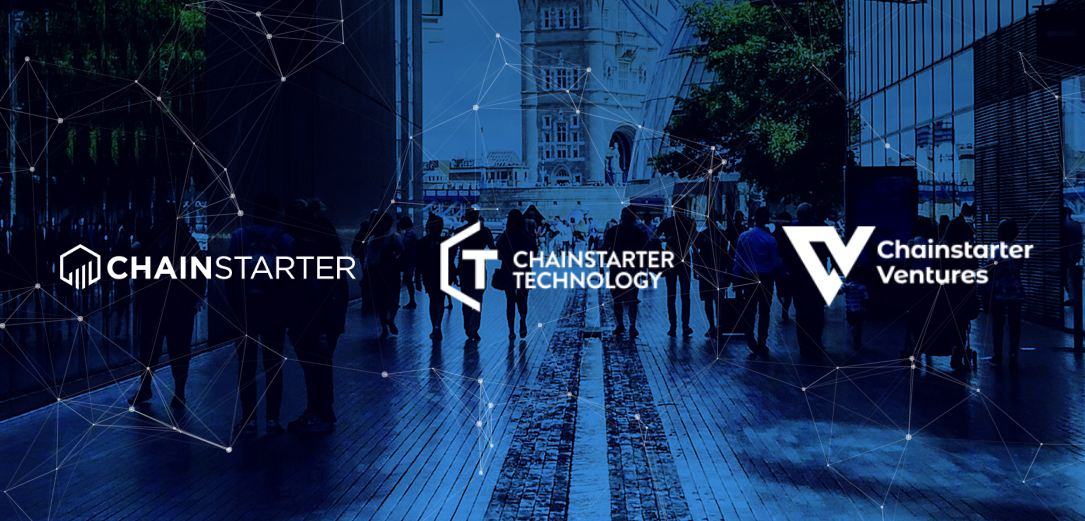The ability to conduct efficient and effective meetings isn’t just nice to have; it’s essential for maintaining competitiveness and maximizing productivity. For businesses, the cost of poorly planned meetings can be particularly high, not just in terms of time wasted but also in lost opportunities. Want to get better in your meetings? Here are six strategies that can transform your meeting planning and scheduling into a streamlined, efficient process.

Define the Purpose and Agenda Clearly
One of the most crucial steps in enhancing meeting efficiency is to clearly define the purpose and agenda of the meeting beforehand. A well-defined agenda sets the stage for a focused discussion, ensuring that all participants are on the same page.
This practice helps in minimizing the time spent on unnecessary topics and provides a clear roadmap for the meeting. The agenda should be distributed in advance to give participants ample time to prepare, which can significantly reduce the duration of the meeting while increasing its effectiveness.
Choose the Right Participants
The composition of your meeting can greatly affect the direction of a meeting. It’s essential to invite only those individuals whose input is necessary for the topics at hand. Having too many participants in a meeting can lead to prolonged discussions and difficulty in reaching decisions.
Conversely, missing key participants can result in a lack of necessary input and subsequent follow-up meetings. Therefore, carefully consider who needs to be present and make sure that each participant understands their role in the meeting. This targeted approach not only streamlines the meeting but also respects the time of all involved, ensuring that only those who are needed are present.
Time Your Meetings Strategically
Timing is everything when it comes to meetings. Scheduling them back-to-back or at the end of the day can lead to diminished attention and productivity. To avoid this, schedule meetings at more opportune times when participants are most likely to be alert and productive. For many, this might be mid-morning or immediately after lunch.
Plus, keeping meetings as brief as possible can help maintain energy and focus. A technique like the ’45-minute hour’ can be useful here, where meetings are scheduled for 45 minutes instead of the typical hour, prompting participants to keep discussions concise and to the point.
Implement a Robust Software Solution for Booking Conference Rooms
The heart of meeting efficiency often lies in the logistical details, one of the most critical being the physical or virtual space where the meeting takes place. Utilizing a robust software solution for managing these spaces can dramatically enhance efficiency. A good room scheduling platform not only simplifies the process of finding and booking a room but also integrates with other tools like calendars and meeting reminders.
This ensures that everyone is aware of the location and timing, and conflicts are avoided. Advanced features might include the ability to see room amenities and select spaces based on specific needs, such as video conferencing capabilities or presentation tools. By automating this process, companies can significantly reduce the administrative burden and focus more on the meeting’s content rather than its logistics.
Leverage Technology for Pre-Meeting Collaboration
Another often overlooked meeting strategy is to leverage technology to facilitate pre-meeting collaboration. Instead of saving all discussion for the meeting itself, using collaborative tools like shared documents, pre-meeting surveys, or discussion boards can help clarify points of confusion and gather input beforehand.
This approach allows for more efficient use of meeting time, as participants come prepared having already formed opinions and identified key discussion points. It also helps in keeping the meetings concise, as much of the exploratory work is done in advance, thereby focusing on decision-making and the next steps during the actual meeting.
Follow Up Promptly
Finally, the efficiency of a meeting is often judged by the follow-through on action items. Prompt follow-up after a meeting is crucial. Distributing minutes and action items within 24 hours while the discussion is still fresh in everyone’s minds ensures higher rates of accountability and keeps the momentum going.
Utilizing a task management tool to assign responsibilities and deadlines can help track progress on action items. This not only reinforces the productivity of the meeting but also ensures that meetings lead to tangible outcomes.
Meetings don’t have to be time-wasters; in fact, when done right, they can be incredibly productive tools for advancing business objectives. By clearly defining the purpose and agenda and ensuring prompt follow-up, your meetings can transform into efficient, effective, and productive business practices.
HedgeThink.com is the fund industry’s leading news, research and analysis source for individual and institutional accredited investors and professionals




































